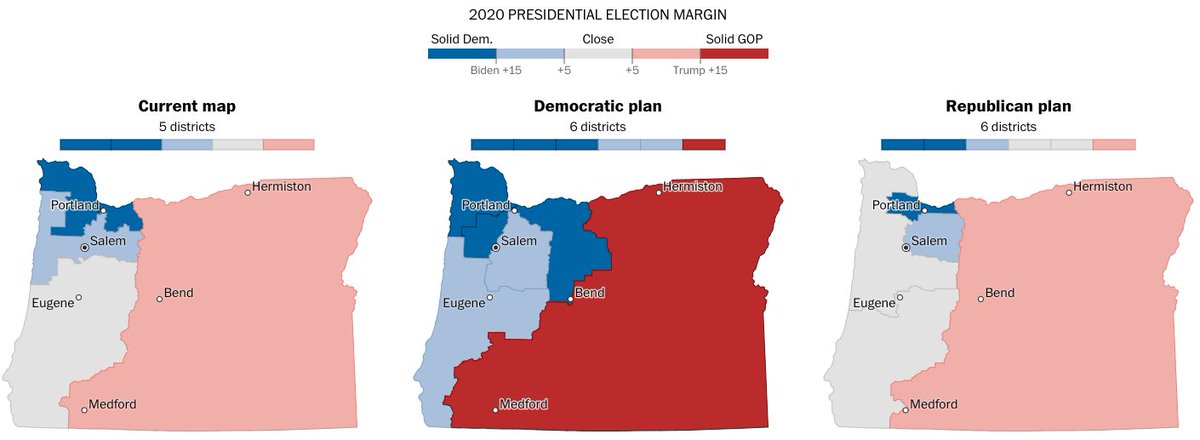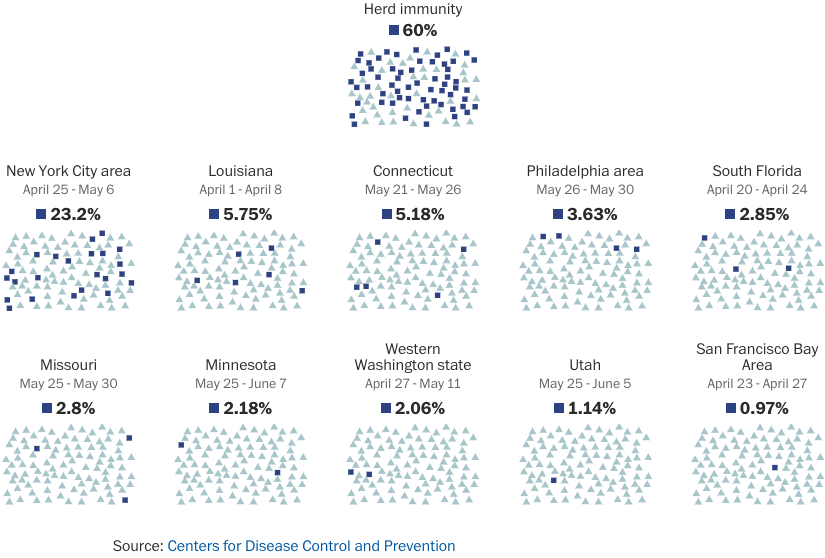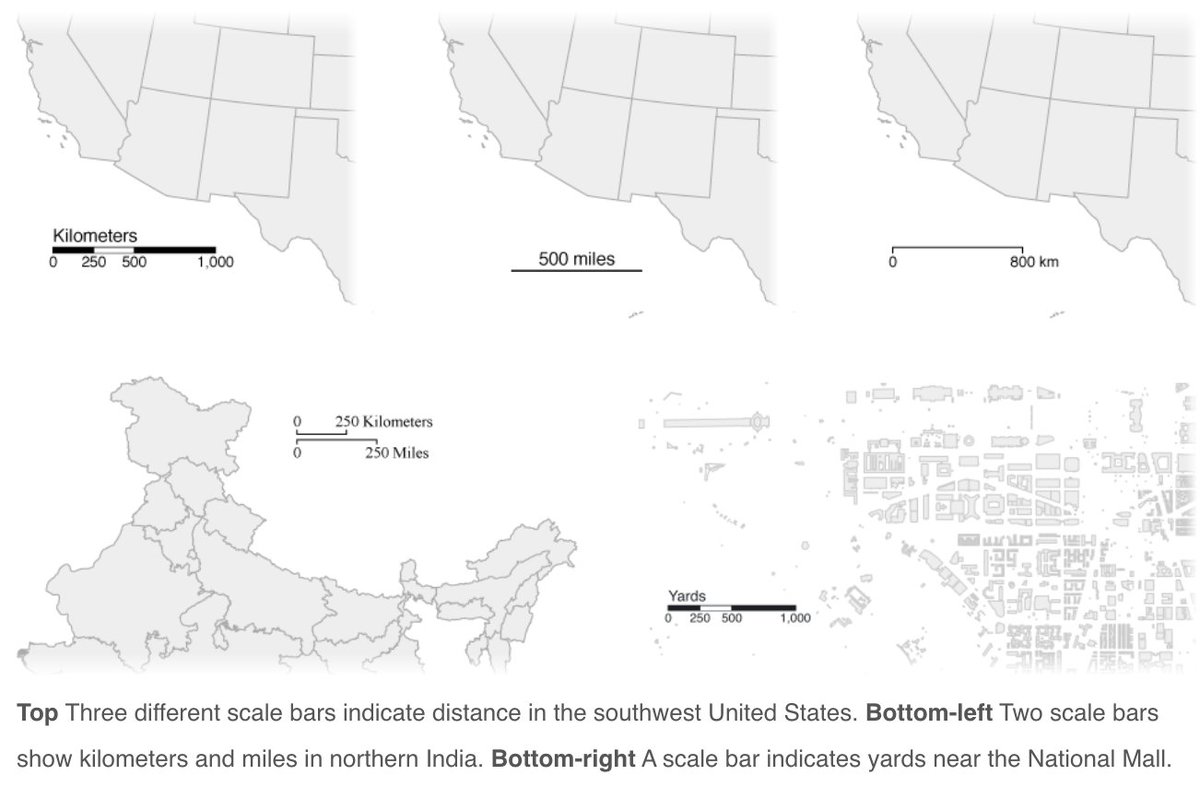
Climate Lab columnist @washingtonpost
Data, maps and curiosity about climate change
📩 Email me + check my work: harry.stevens@washpost.com
How to get URL link on X (Twitter) App


 We made a tool that lets you look up the accuracy of the temperature forecast in your town.
We made a tool that lets you look up the accuracy of the temperature forecast in your town. 









 @observablehq Just give it a projection, and it'll give you a scale bar. It even plays nicely with transitions! observablehq.com/@harrystevens/…
@observablehq Just give it a projection, and it'll give you a scale bar. It even plays nicely with transitions! observablehq.com/@harrystevens/…